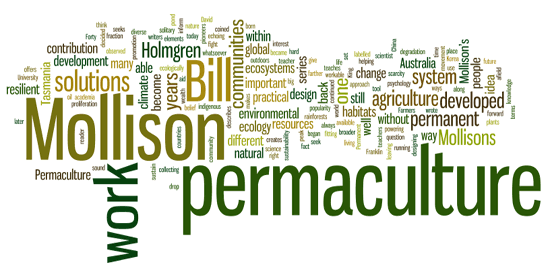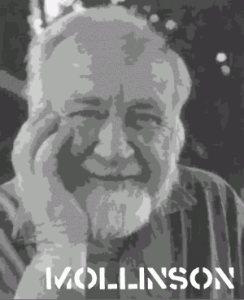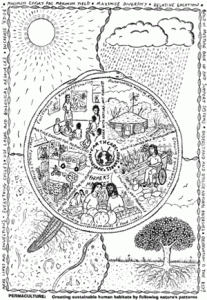Permaculture Pioneers
We decided on running a permaculture pioneers series to give the reader a flavour of some of the many important teachers and writers within the broader global permaculture movement. We couldn’t think of a more fitting way to start this series than beginning with Bill Mollison, who is described as the father of permaculture.
The Father of permaculture
Bill Mollison along with David Holmgren developed a system of designing human habitats in the same way that nature creates its diverse and resilient habitats. This system that Mollison and Holmgren developed was labelled Permaculture, echoing back to the work of Franklin Hiram King who coined the term ‘Permanent agriculture in his 1911 work ‘Farmers of Forty Centuries: Or permanent agriculture in China, Korea and Japan’
Background
Bill Mollison was born in Tasmania in 1928, he describes a childhood spent outdoors, a largely solitary time collecting shells and observing life in a little pond in his backyard. This interest in the natural world continued into Bills later years as he became a scientist, researcher, naturalist and teacher. After more than a decade of study in environmental science and psychology, Bill began teaching at the University of Tasmania. It was after leaving academia in frustration that the idea of permaculture came to him.
The work of Bill Mollison
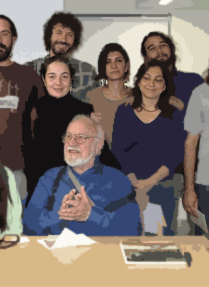 Without question, Bill Mollison’s contribution to ecology and the development of permaculture set against a back drop of dwindling resources and environmental degradation makes him one of the most important people alive today.
Without question, Bill Mollison’s contribution to ecology and the development of permaculture set against a back drop of dwindling resources and environmental degradation makes him one of the most important people alive today.
Bill Mollison developed permaculture after spending many years in the rainforests and deserts of Australia studying the various different ecosystems. He observed that plants naturally group themselves in mutually beneficial communities. He used this idea to develop a different approach to agriculture and community design, one that seeks to place the right elements together so they sustain and support each other just as they in natural ecosystems. From the publication of Permaculture one in 1978, which Mollison wrote with
Holmgren, permaculture has grown in popularity to become a tool resilience and sustainability in every corner of the earth.
Mollison’s most effective practical work comes from his work in poorer countries such as Africa and India, where he has been able to work with indigenous communities helping them to create lasting solutions to the problems of scarcity which they live with. Mollison has been able to carry out this work with a tiny fraction of the money that big aid agencies use, and more importantly, Mollisons solutions are empowering for local communities and are permanent and resilient.
As well as his global work, Mollison has also taught permaculture designs courses to thousands of students in Australia and farther afield. At 84 years old Mollison is still as hard working and dedicated to ecology as he has always been, and still tours, teaches and drives permaculture forward.
Mollisons contribution to the development of a permanent culture
Their is no doubt whatsoever that the work of Bill Mollison will continue to inform, educate and enlighten people, as they seek more ecologically sound ways of living. the permaculture design system of which Mollison is responsible for has become a major force in the fight against climate change and powering down for a future without oil.
The fact of the matter within the context of peak resources and climate change, permaculture offers us all very workable solutions and strategies, and without Mollisons belief and determination in his promotion and proliferation of permaculture we might very well not be in the position that we are in terms of the wealth of knowledge and practical solutions that are available to us.
Publications by Bill Mollison
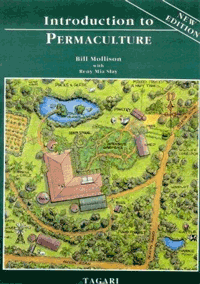 Permaculture One: A Perennial Agriculture for Human Settlements (with David Holmgren, Trasworld Publishers, 1978)
Permaculture One: A Perennial Agriculture for Human Settlements (with David Holmgren, Trasworld Publishers, 1978)
Permaculture Two: Practical Design for Town and Country in Permanent Agriculture (Tagari Publications, 1979)
Permaculture – A Designer’s Manual (1988)
Introduction to Permaculture (1991, Revised 1997)
The Permaculture Book of Ferment and Human Nutrition (1993, Revised 1997)
Travels in Dreams: An Autobiography (1996)
The Permaculture Way: Practical Steps to Create a Self-Sustaining World, with Graham Bell (2005)
Smart Permaculture Design, with Jenny Allen (2006)
visual media and documentaries
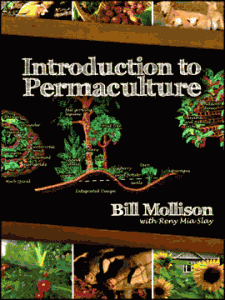 In Grave Danger of Falling Food (1989 Australian made documentary)
In Grave Danger of Falling Food (1989 Australian made documentary)
The Global Gardener part 1 – The Tropics
The Global Gardener part 2 – Dry Lands
The Global Gardner part 3 – Cool Climates
The Global Gardener part 4 – Urban Settings

